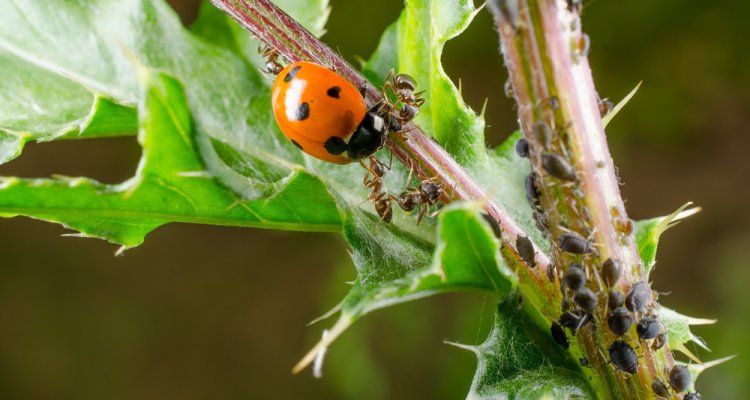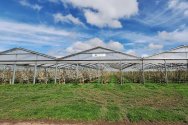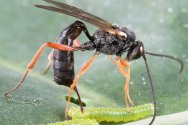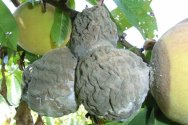
Dossier
Biological control of pests and diseases
Biological control can play a major role in a resilient cultivation system, by using natural enemies of fungi, bacteria and pest insects. It is possible to design a cultivation system that is largely able to contain diseases and pests on its own with biological control. This largely dispenses with the need for chemical crop protection.
Researchers of Wageningen University & Research study all the organisms in the system, from micro-organisms such as fungi and bacteria, to macro-organisms such as predatory mites and parasitoid wasps.
Disease suppressive soil
A disease suppressive soil with resilient plants is a tool for integrated pest and disease management. This is why our research is focusing on the stimulation of the resilience of cropping systems where the natural (beneficial) microorganisms as well as physical and chemical soil properties play a crucial role. The enormous diversity of microorganisms in soils, substrates and plants is - through mechanisms such as competition, antagonism and predation – contributing to the suppression of pests and diseases.
Our research focuses on the development of management strategies as well as on the understanding of the underlying mechanisms. The investigated microbial population also form a rich source of new compounds and genes (antibiotics, enzymes, etc.).
Resilient cultivation systems
Resilient cultivation systems are systems in which the natural enemies of diseases and pests play a major role. They largely dispense with the need for chemical crop protection.
In resilient cultivation systems, useful micro and macro-organisms are present right at the start of the crop’s life cycle. These organisms step in to do their work at the first sign of a pest or disease. If the crop is still in danger of being damaged, the grower can use a specific biological crop protector.
Understand every facet of the system
A smart cultivation environment like this is only possible if we fully understand every facet of the system: of the diseases and pests themselves, of their natural enemies and of the way the plants respond to these organisms. It is also important to have knowledge of what goes on in every tier of the system. We must be clear about how the organisms react to each other and how they function, as well as understand their genetic make-up.
This entire area is one of the research fields at Wageningen University & Research. The researchers study all the organisms in the system, from micro-organisms such as fungi and bacteria, to macro-organisms such as predatory mites and parasitoid wasps.
Crop protection solutions for growers
The use of biological controls is playing an ever greater role in the sustainable control of diseases and pests. Unfortunately there have not been enough biological control agents available up to now for a large number of diseases and pests in agriculture, horticulture and forestry. Our research has therefore focused on the selection of new biological control agents from which growers can develop biological control products for commercial use.
Successful development of biological control agents
There are a large number of criteria that biological control products have to meet before they can be put on the market as registered plant protection products. This is a labour-intensive and therefore expensive process. In the selection process we naturally look at whether an organism really does control the pest. We also study the ecology of the organism, for example whether it will grow under a range of conditions and whether it can withstand drought. If a suitable organism is found, it still has to be able to be produced on a commercial scale and registered as a control agent. We use the ‘Select Biocontrol approach’ for this. This approach allows us to work with the industry on the successful development of new biological control agents.
This way of working has already produced biological controls that are currently undergoing further testing by the industry.




